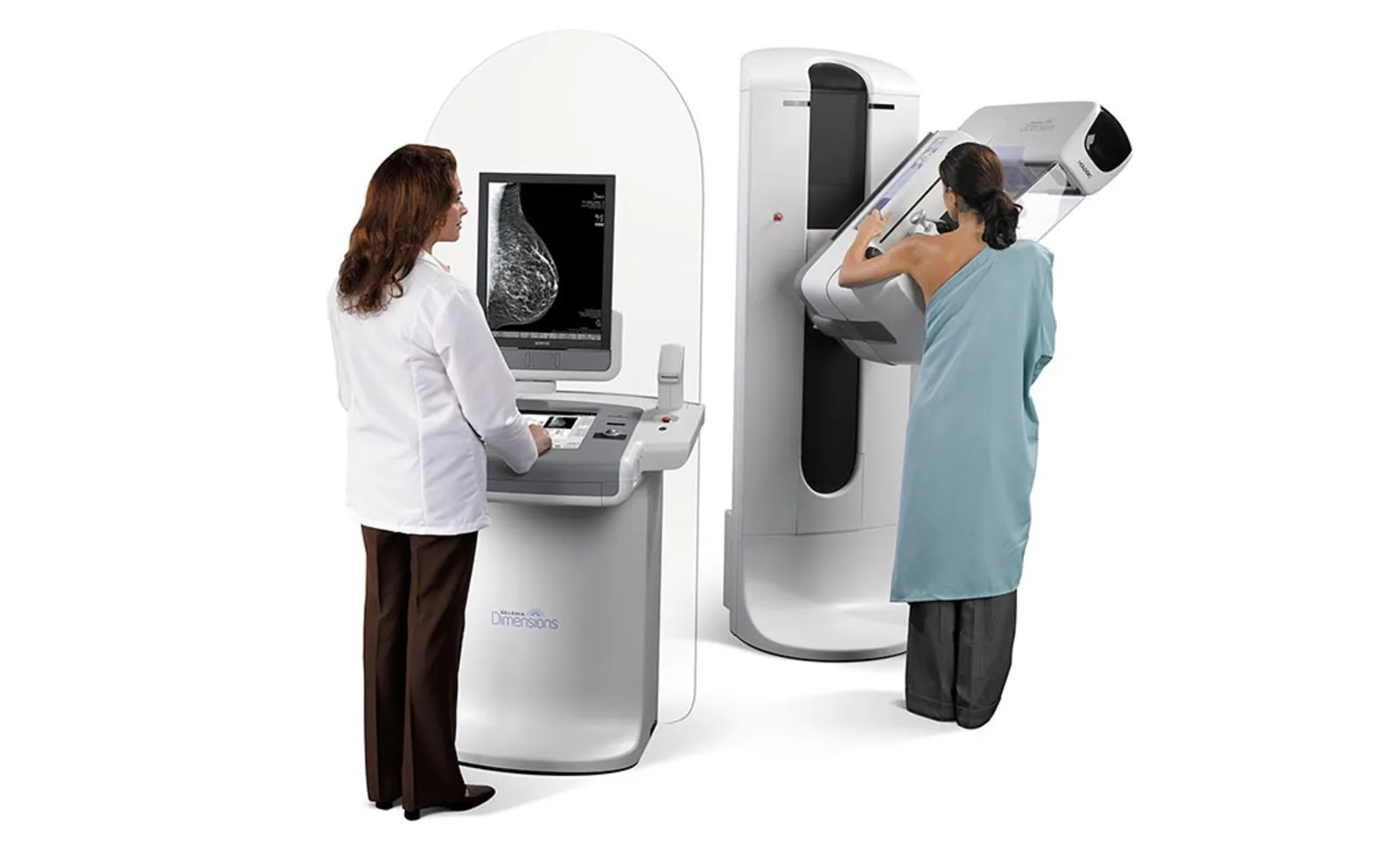
An annual screening mammogram is proven to be the best way to detect breast cancer, but the type of mammogram you choose can be important. Here are a few of the major differences between 2D (traditional) vs 3D mammograms, and why a 3D mammogram is the best option for you.
For additional information or to schedule your 3D mammogram, visit www.summitmedical.com/mammography or call Summit Diagnostic Imaging at (865) 588-8005.
Image Clarity
A mammogram is an X-ray that radiologists use to find cancers in the breast tissue. Today, most of the images are digital, but the X-ray technology is different depending on if you choose 2D or 3D mammography. 2D mammograms offer a two-dimensional picture of the breast. 3D mammograms, also known as tomosynthesis, were approved by the FDA in 2011. This newer technology uses multiple low-dose X-ray images from different angles to create a mammogram picture that allows the radiologist to view the tissue in thin 'slices.' It allows radiologists to look at multiple layers of breast tissue, one layer at a time, like flipping through the pages of a book.
The process of having a 3D mammogram is similar to that of a 2D mammogram, including the amount of compression of the breasts, the time in compression, and the level of radiation used. Summit Medical Group uses technology that creates synthetic 3D images with an equivalent radiation dose when compared to a 2D mammogram. The radiation dose is very low.
Reduction in False Alarms
Sometimes, a mammogram can appear to show an abnormality in the breast, but further testing reveals it is not cancer. These types of false alarms can be stressful because they require patients to come back for a second test. Because of the improved technology, the call-back rate for women who get 3D mammograms is significantly lower than for those who get 2D mammograms, often preventing short-term anxiety for patients.
Cancer Detection
Multiple studies show that 3D mammography improves cancer detection. 3D mammograms can detect up to 40 percent more cancers than 2D mammograms. 3D mammograms help doctors find cancers that would have been otherwise impossible to find with a 2D mammogram. 3D exams often detect cancers at an earlier stage, which typically gives women more treatment options and improved outcomes.
Breast Density
Breasts are made of glandular tissue and fat. Dense breast tissue looks white on a mammogram — but so does cancer. If a woman has a lot of dense breast tissue, it may mask cancers. However, 3D mammograms make it easier for radiologists to detect cancer because they can look at the breast from different angles. This is particularly important for women with dense breasts, who are already at a slightly increased risk of developing breast cancer.
Who Will Benefit from a 3D Mammogram?
Any woman can benefit from a 3D mammogram. Given multiple studies showing the benefits of 3D mammograms in finding more cancers and reducing the number of false positives, Summit Medical Group recommends 3D mammograms for all women as a standard of care for breast cancer screening — and they are now covered by most insurance plans. It is important for all women to talk to their doctor about getting a mammogram annually beginning at age 40. Early detection matters: It can save your life.
For additional information or to schedule your 3D mammogram, visit www.summitmedical.com/mammography or call Summit Diagnostic Imaging at (865) 588-8005.
